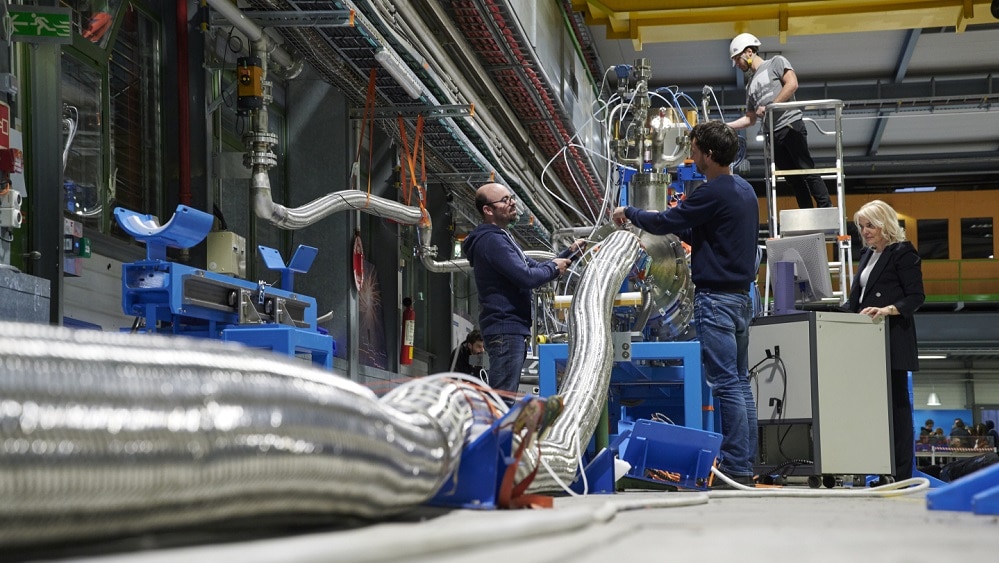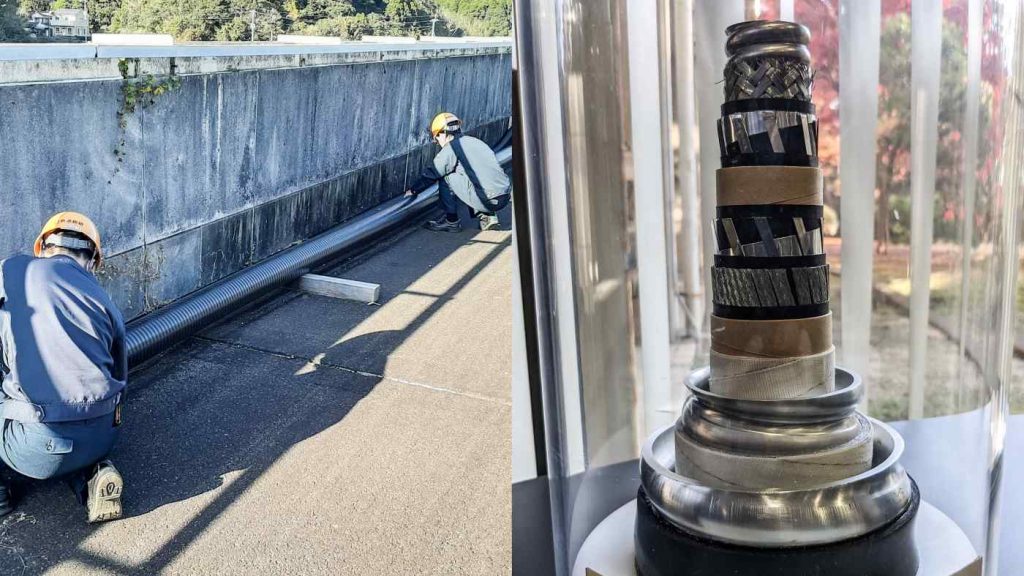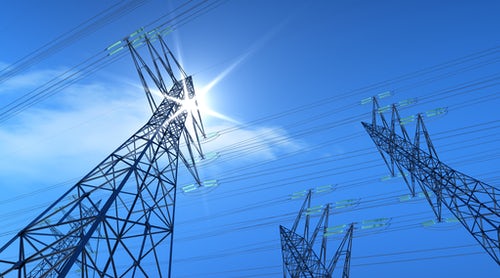It appears that uninterrupted power transmission is no longer a pipe dream. Even though it is only the first quarter of 2022, we have already heard of incredible technological breakthroughs. Recently, a superconducting power transmission technology promised 0% transmission losses while delivering electricity.
It claims to be a possibly less expensive alternative to operating trains and a potential global warming prevention tool. However, according to recent sources, the technology has attained stability in Japan.

At a location in Miyazaki Prefecture, demonstration tests on this technology are being conducted. Japan’s railway-affiliated research institute has laid a 1.5-kilometer superconducting transmission line.
Transmission losses occur mostly when power is converted to heat due to the wire’s electrical resistance. When a transmission line is dropped to -269 degrees Celsius and superconducted using liquid helium, the wire’s electrical resistance becomes zero, eradicating power losses.

Previously, the cost of the technology was a severe hindrance in mass production. However, liquid nitrogen enters a superconducting state at -196 degrees Celsius; it may be utilized as a radiator for 10% less than regular liquid helium.
The Railway Technical Research Institute in Tokyo has discovered a way to treat transmission lines with this less expensive coolant.
According to the Japanese Institute of Energy Economics, 4% of the country’s generated electricity is lost in the transmission process. The country’s trains consume roughly 17 billion kilowatt-hours each year, with about 700 million kilowatt-hours, or about 160,000 typical households, being used.

Considering that transmission loss is a serious issue worldwide, Japan is not alone researching superconducting power transmission technology. For example, China’s state-owned transmission company previously installed a 1.2-kilometer superconducting wire in Shanghai in November 2021. In Germany, the Ministry of Economy and Energy announced a 2020 project to build a 12-kilometer superconducting transmission line beneath Munich.


